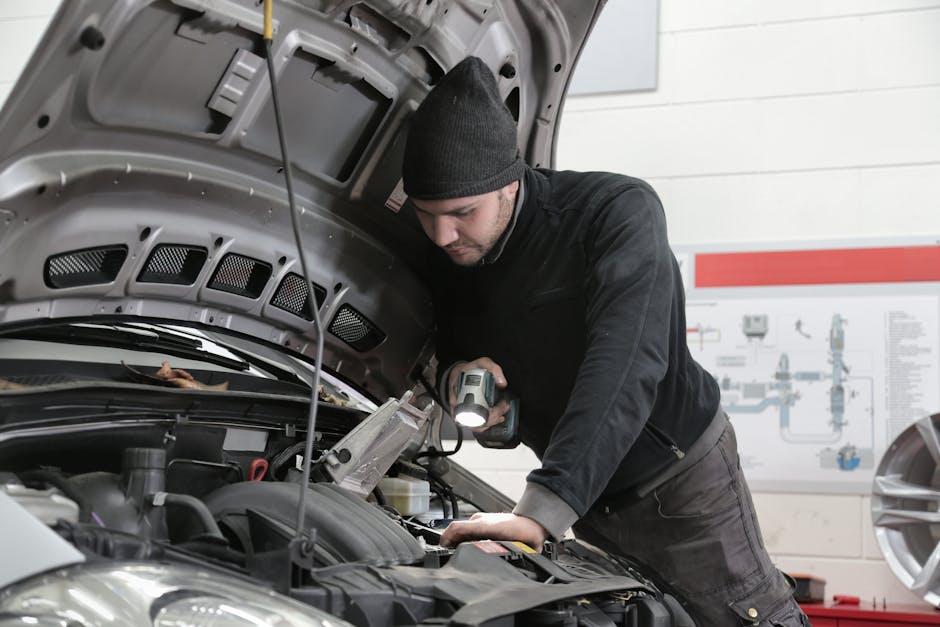There’s a special kind of frustration that bubbles up when you turn the key—or press the button—and your car refuses to come to life. Whether it’s a dead battery, a stubborn engine, or something less obvious, a car that won’t start can throw a wrench into your plans and leave you stranded at the most inconvenient moments. But before panic sets in or expensive calls to the mechanic pile up, take a breath. Understanding the common reasons behind a no-start situation and knowing a few practical steps can empower you to troubleshoot with confidence. This guide will steer you through what to check first and how to tackle the problem calmly, turning an unexpected stall into a manageable roadblock.
Table of Contents
- Understanding Common Reasons Your Car Refuses to Start
- Diagnosing Battery Problems and Effective Solutions
- Inspecting the Starter Motor and Ignition System
- Fuel System Checks for Quick Troubleshooting
- When to Seek Professional Help and Roadside Assistance
- Preventive Maintenance Tips to Avoid Future Startup Issues
- Q&A
- To Wrap It Up

Understanding Common Reasons Your Car Refuses to Start
When your vehicle refuses to start, it’s often due to a handful of common mechanical or electrical issues. The battery is usually the prime suspect — a dead or weak battery can leave you stranded without a hum. Next, the starter motor plays a crucial role; if it’s faulty, your engine won’t turn over. Fuel delivery problems, such as a clogged fuel filter or an empty tank, can also prevent ignition. Lastly, issues with the ignition system itself, like worn spark plugs or a malfunctioning ignition switch, can disrupt the process entirely.
Understanding these typical culprits can save you from panic and guide you toward an efficient solution. Here’s a quick rundown of potential reasons categorized by system:
- Electrical System: Dead battery, corroded cables, malfunctioning alternator
- Fuel System: Empty fuel tank, clogged fuel filter, faulty fuel pump
- Ignition System: Defective spark plugs, broken ignition switch, faulty starter motor
- Engine Problems: Engine flooding, timing belt failure, sensor malfunctions
| Issue | Sign | Quick Fix |
|---|---|---|
| Dead Battery | Clicking sound on ignition | Jump start or replace battery |
| Faulty Starter | No sound, no engine turnover | Check starter connections; professional help needed |
| Empty Fuel Tank | Engine cranks but won’t start | Refuel immediately |
| Ignition System Issue | Engine turns over but won’t catch | Replace spark plugs or ignition components |
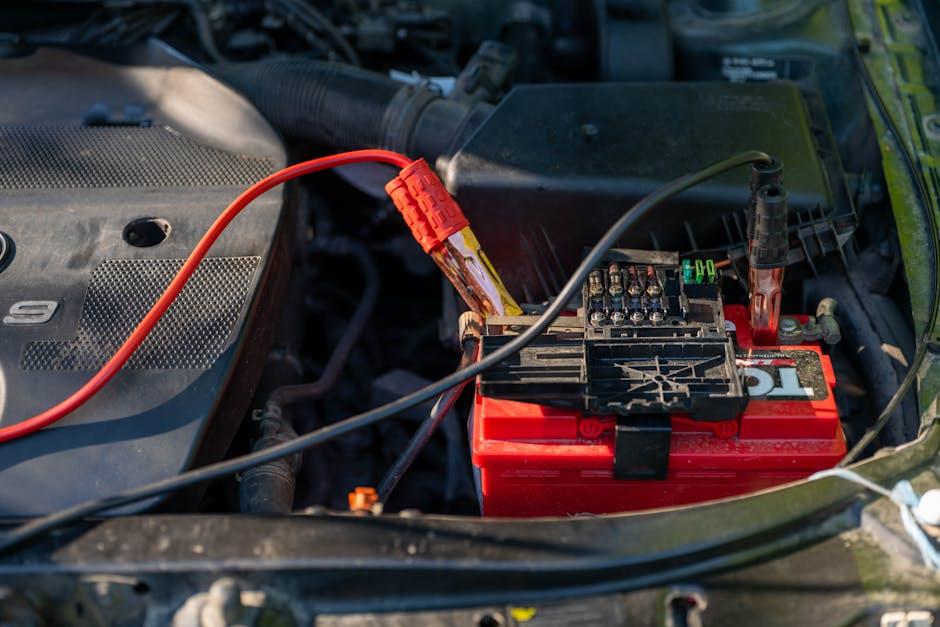
Diagnosing Battery Problems and Effective Solutions
When your car refuses to start, the battery is often the prime suspect. To diagnose battery issues, start by checking for obvious signs like corroded terminals, a swollen battery case, or loose connections. A multimeter can be a handy tool here; a fully charged battery typically reads around 12.6 volts. If the voltage dips below 12.4 volts, the battery may be undercharged or failing. Also, listen for a slow cranking sound rather than a single click when turning the key—this often signals a weak battery struggling to deliver power.
Once you’ve identified the battery as the culprit, several solutions can help get your car back on the road quickly:
- Jump-starting: Using jumper cables and a donor car is the quickest way to revive your battery temporarily.
- Cleaning terminals: Remove corrosion with a mixture of baking soda and water to restore proper contact.
- Battery replacement: Consider a new battery if the existing one is beyond repair or over 4-5 years old.
- Charging: Use a dedicated battery charger to bring the battery back to full capacity, especially after short trips that don’t fully recharge it.
| Symptom | Likely Cause | Recommended Action |
|---|---|---|
| Clicking sound when turning key | Weak battery or poor connection | Check connections and jump-start |
| Dim dashboard lights | Insufficient battery charge | Charge battery or replace if old |
| Swollen battery case | Overcharged or damaged battery | Replace battery immediately |
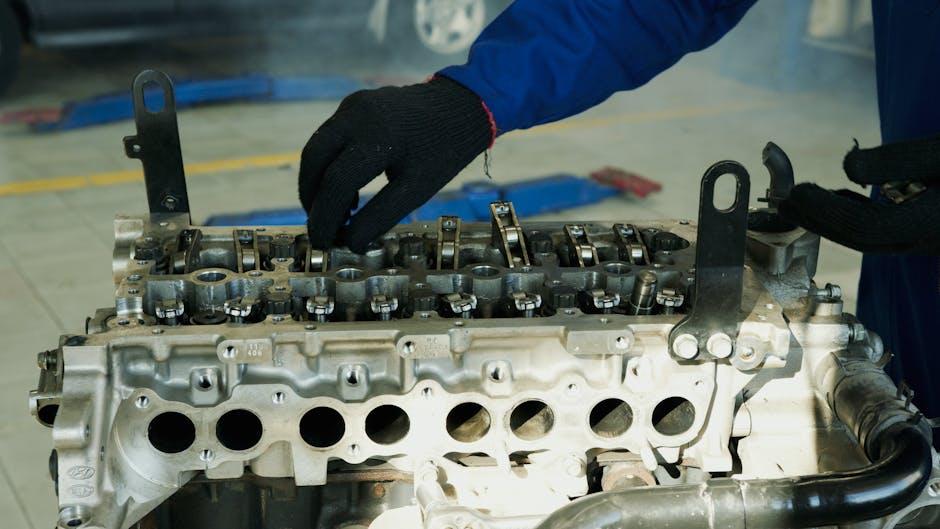
Inspecting the Starter Motor and Ignition System
When your vehicle refuses to start, the initial suspects often lie within the starter motor and ignition system. Begin by visually examining the starter motor for any signs of damage, corrosion, or loose connections. Pay close attention to the battery cables and terminals connected to the starter; these should be clean and tightly secured. A weak battery or faulty wiring can cause insufficient power flow, preventing the starter from engaging properly. If you hear a clicking noise but the engine doesn’t turn over, this typically points to a malfunction in the starter solenoid or motor itself, which might need professional replacement or repair.
Next, turn your attention to the ignition system. Check the condition of spark plugs and ignition coils, as worn or fouled components can interrupt the spark necessary for combustion. Below is a simple guide to symptoms and possible causes related to the ignition system:
| Symptom | Possible Cause | Quick Check |
|---|---|---|
| Engine cranks but won’t start | Faulty ignition coil | Test coil resistance |
| Engine misfires or stalls | Worn spark plugs | Inspect and clean plugs |
| No spark at plugs | Bad ignition switch | Check ignition fuse and switch |
- Tip: Use a spark tester to verify ignition system health before assuming a starter issue.
- Action: Replace spark plugs and coils at regular intervals for optimal performance.
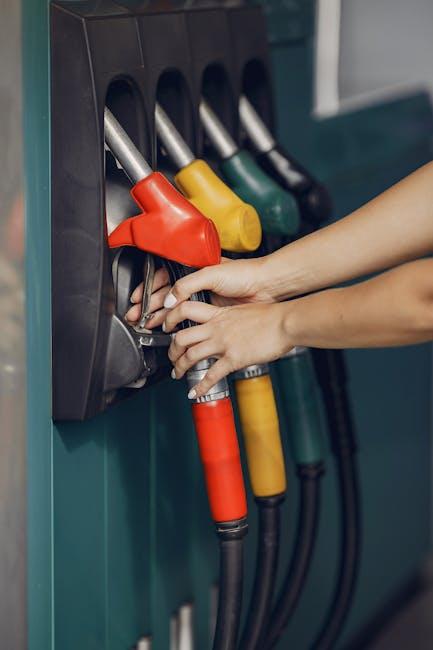
Fuel System Checks for Quick Troubleshooting
Begin your inspection by ensuring the fuel pump is operational. Listen for a soft humming sound near the rear of your vehicle when turning the ignition to the “ON” position – this is a good indicator the pump is priming the engine. If you notice silence, the pump might be faulty or the fuse could be blown. Next, check the fuel filter, as a clogged filter can starve your engine of gas, resulting in a no-start situation. Simply tracing the fuel line for leaks or blockages can save you unnecessary replacement costs down the line.
For a quick assessment, use this checklist to cover the key points:
- Fuel Pump Sound: Confirm it activates on ignition.
- Fuel Filter Condition: Inspect for signs of clogging or damage.
- Fuel Pressure: Test with a gauge if accessible.
- Fuel Lines: Look for leaks, kinks, or disconnections.
- Fuel Quality: Smell the fuel for contamination or stale odor.
| Component | Signs of Issue | Quick Fix |
|---|---|---|
| Fuel Pump | No sound on ignition, engine cranks but won’t start | Check fuse, replace pump if faulty |
| Fuel Filter | Reduced engine power, difficulty starting | Replace filter |
| Fuel Lines | Visible leaks or cracks | Repair or replace damaged lines |
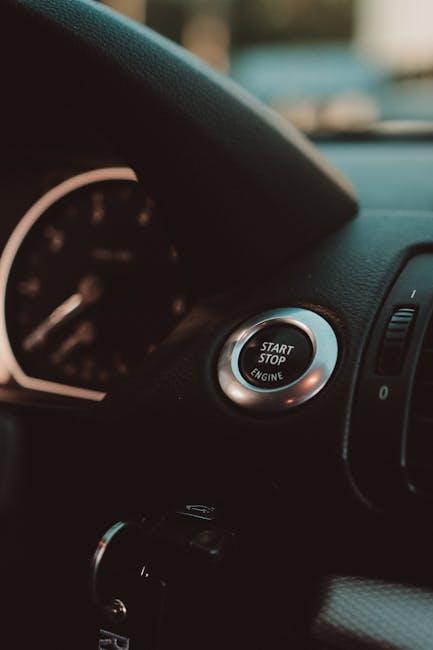
When to Seek Professional Help and Roadside Assistance
Sometimes, despite your best efforts, a car that won’t start can signal a problem beyond simple fixes. If you’ve tried the basics—checking the battery, ensuring there’s fuel, and listening for unusual sounds—and the engine still refuses to turn over, it might be time to call in the experts. Attempting complex repairs without the right knowledge or tools can make the situation worse or even unsafe. Professional mechanics have the diagnostic equipment and expertise to pinpoint the root cause quickly, whether it’s an electrical fault, a failing starter motor, or a deeper engine issue.
Additionally, if you find yourself stranded in a risky location—such as on a busy highway or in severe weather conditions—opting for roadside assistance is not just convenient but essential for your safety. Most services offer:
- Jump-starts to get your car running instantly
- Towing to the nearest workshop for extensive repairs
- Fuel delivery if you’ve unexpectedly run empty
- Lockout services if the problem involves your car keys
Remember, knowing when to seek help can save time, money, and stress, ensuring you get back on the road with minimal disruption.
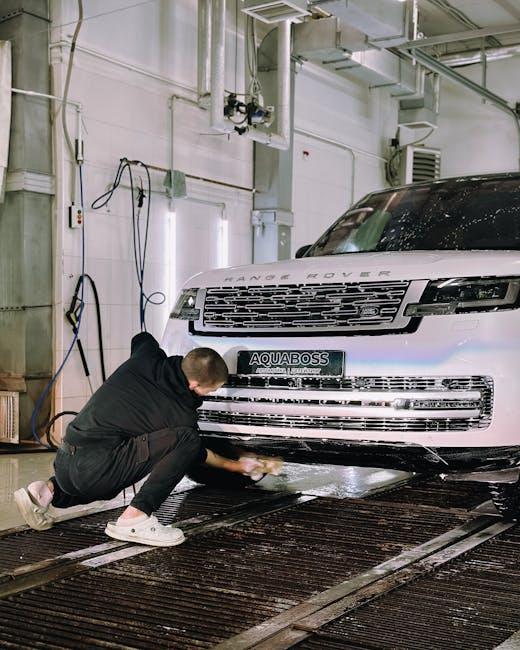
Preventive Maintenance Tips to Avoid Future Startup Issues
Keeping your vehicle in tip-top shape requires more than just reacting to problems—it calls for a proactive approach. Regularly inspecting your battery terminals for corrosion, checking fluid levels, and ensuring your starter motor functions smoothly can extend the life of your car’s ignition system. Simple habits like driving your car for at least 20 minutes a week help maintain battery charge, especially if it’s not your daily driver. Also, don’t overlook the importance of clean fuel and a fresh fuel filter to prevent blockages that can hinder startup performance.
Igniting your car without a hitch often depends on small but essential upkeep steps. Consider these everyday preventive measures:
- Routine battery testing: Keep corrosion-free contacts by cleaning terminals with baking soda and water.
- Scheduled oil changes: Fresh oil ensures vital engine components receive proper lubrication during startup.
- Fuel system checks: Replace filters and treat fuel with stabilizers for vehicles parked long-term.
- Ignition system inspection: Spark plugs and wires should be checked and replaced as needed.
| Issue | Maintenance Tip |
|---|---|
| Battery Drain | Test monthly & keep terminals clean |
| Starter Motor Failure | Listen for odd noises & schedule inspections |
| Fuel Blockage | Regular filter changes & fuel system cleaning |
| Spark Plug Wear | Replace every 30,000 miles |
Q&A
Q: My car won’t start—where should I begin troubleshooting?
A: Start simple. Check if you have fuel, ensure the battery terminals are clean and tight, and listen for any clicking sounds when you turn the key. These initial clues can point you toward the culprit, whether it’s an empty tank, a dead battery, or a faulty starter.
Q: How can I tell if the problem is the battery?
A: If your dashboard lights flicker weakly or don’t light at all, and there’s a faint clicking when you try to start the engine, your battery might be drained. Try jump-starting your car using jumper cables and another vehicle. If it starts, the battery or alternator may need attention.
Q: What if the engine cranks but doesn’t start?
A: When you hear the engine turning over but it won’t catch, the issue may lie in fuel delivery or ignition. Check that you have enough fuel, and consider possible problems like a clogged fuel filter, bad spark plugs, or a faulty ignition coil.
Q: Can weather affect my car starting?
A: Absolutely. Cold weather can thicken engine oil and reduce battery capacity, making starting tougher. Use the right oil viscosity for winter and keep your battery tested. For extreme cold, an engine block heater can make mornings easier.
Q: How do I know if the starter motor is to blame?
A: A single loud click or grinding noise when turning the key, paired with the engine not turning over, often indicates a starter motor problem. Sometimes tapping the starter lightly can temporarily free it up, but professional diagnosis and possible replacement are usually needed.
Q: When should I call a mechanic instead of trying to fix it myself?
A: If you’re unsure, uncomfortable with tools, or if the troubleshooting steps don’t resolve the issue, it’s wise to call a professional. Complex problems like electrical faults or internal engine troubles require expert knowledge and equipment.
Q: Are there preventive measures to avoid starting issues?
A: Regular maintenance is your best friend. Keep up with battery checks, fuel system cleanings, spark plug replacements, and periodic inspections. Address warning signs early—like slow engine cranking or strange smells—to nip starting problems in the bud.
Q: Is it safe to keep trying to start a car that won’t start?
A: Repeatedly cranking the engine for extended periods can overheat the starter motor and drain the battery. Try short bursts of starting attempts—about 10 seconds at a time—with pauses in between. If it still won’t start, it’s better to diagnose the issue than to risk damage.
Q: Could my key or key fob be causing the problem?
A: Yes. A worn or damaged mechanical key can fail to engage the ignition properly. For cars with electronic key fobs, a dead fob battery or programming issues might prevent the car from recognizing the key. Testing with a spare key or replacing the fob battery can help rule this out.
Q: What tools are useful for diagnosing a no-start condition?
A: A multimeter can check battery voltage and continuity; a fuel pressure gauge can test fuel system integrity; and an OBD-II scanner can read diagnostic trouble codes from your vehicle’s computer. Having these on hand can turn a mysterious no-start into a manageable puzzle.
To Wrap It Up
When your car refuses to start, it’s easy to feel stranded and overwhelmed. But with a little patience and a systematic approach, most starting issues can be identified and resolved without too much stress. Remember, every stalled engine has a story—sometimes it’s a simple fix, other times a reminder to slow down and seek expert help. By understanding the basics of what makes your car tick, you’re already one step closer to turning that stubborn key and hitting the road with confidence once again. Keep calm, troubleshoot wisely, and never underestimate the power of a little automotive curiosity.
